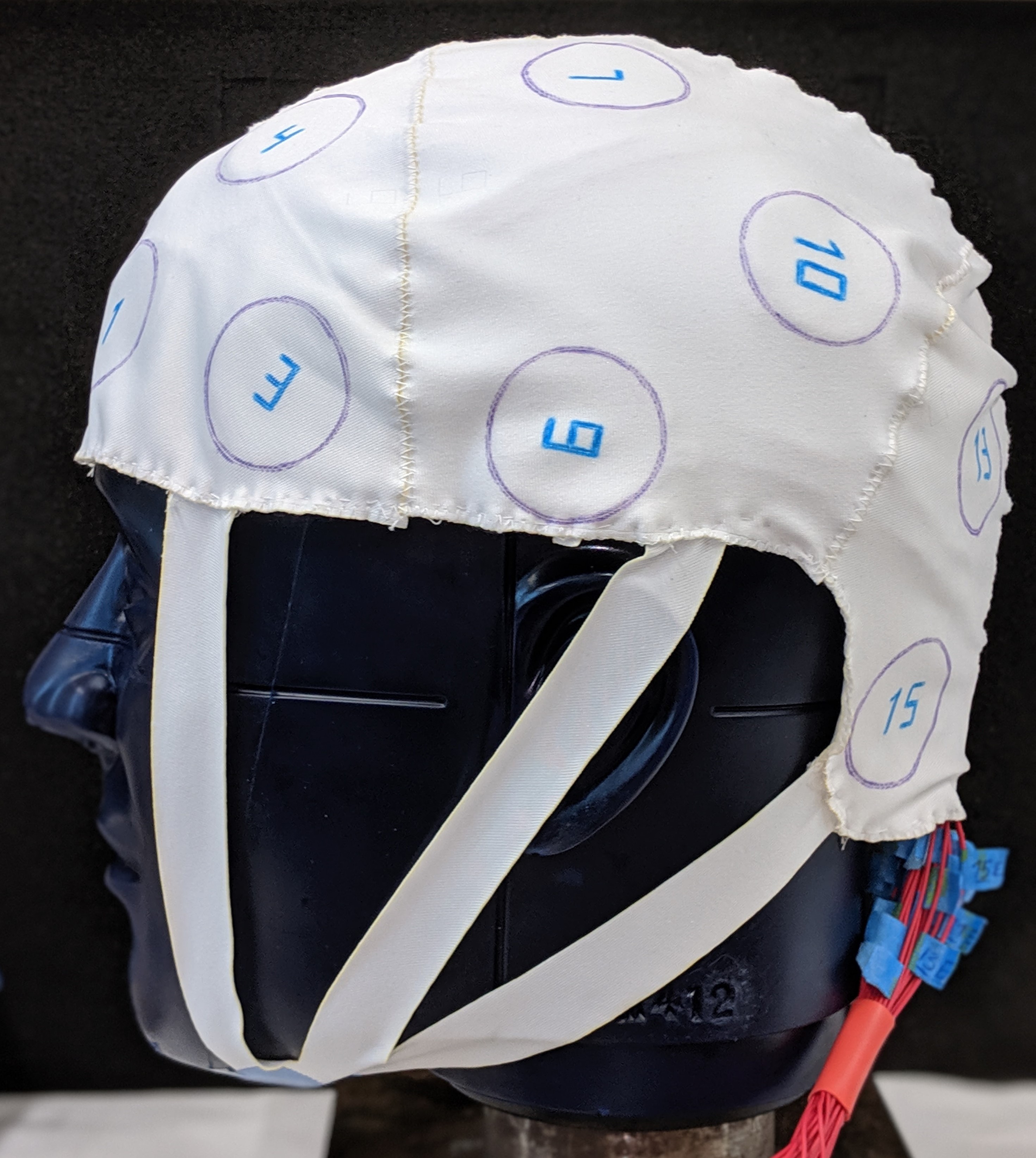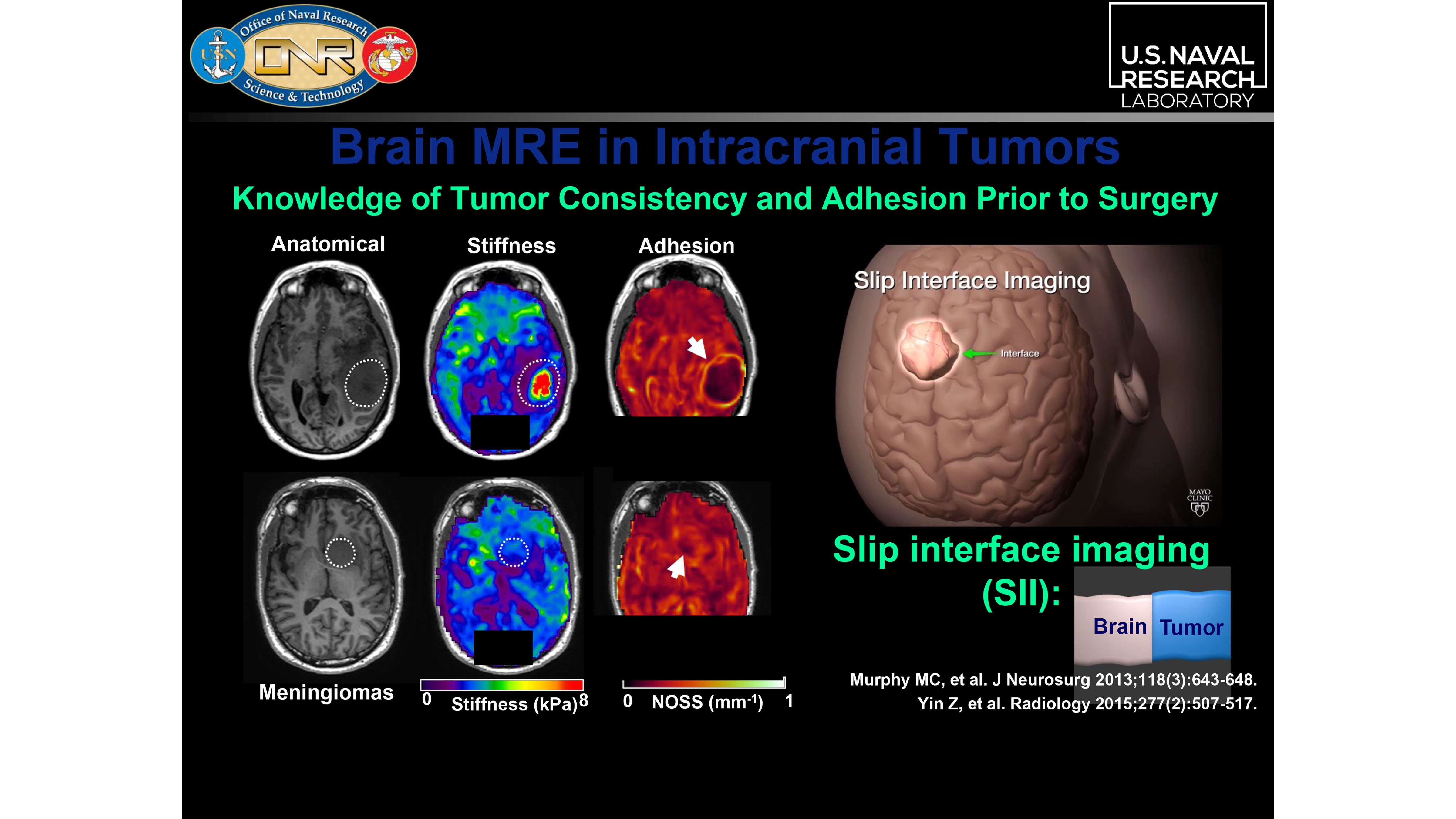Simon Driver, PhD, at Baylor Scott & White Health, discusses traumatic brain injuries. What You Need to Know: A traumatic brain injury is a blow or jolt to the body or head. Common traumatic brain injuries occur during vehicle accidents,…
Tag: traumatic brain injury (TBI)
Study: Traumatic brain injury leads to widespread changes in neural connections
Tufts University School of Medicine researchers develop imaging technology that records neuronal activity throughout the brain during the first weeks of recovery from traumatic brain injury

Largest Brain Autopsy Study of Female Intimate Partner Violence Decedents Reveals Brain Injury Pathology Unlike That Seen Among Male Contact Sports Athletes
The largest brain autopsy study of women who had experienced intimate partner violence reveals substantial vascular and white matter damage in the brain, but no evidence of chronic traumatic encephalopathy (CTE), the neurodegenerative disease recognized among male contact sports athletes who sustain repeated head trauma.
Synchrotron X-ray Diffraction Captures ‘Invisible’ Traumatic Brain Injuries
Rama Madhurapantula, of the Illinois Institute of Technology, will describe how synchrotron X-ray diffraction can aid in diagnosing invisible traumatic brain injuries in their presentation, “X-ray fiber diffraction to elucidate tissue transition and changes to molecular packing in relation damage,” held Sunday, July 31 at the annual ACA meeting. While traditional imaging methods work on the micron scale, Madhurapantula’s team showed synchrotron X-ray diffraction can capture much smaller changes to myelin on the nanometer to angstrom scale in situ.

Mount Sinai Leads Multi-Site Study Evaluating a Novel Intervention Designed to Improve Community Re-Entry Outcomes for Justice-Involved Individuals With Brain Injuries
Researchers from the Brain Injury Research Center at the Icahn School of Medicine at Mount Sinai, in partnership with the Pennsylvania Department of Corrections (PADOC) and the Brain Injury Assocation of Pennsylvania (BIAPA), have launched a rigorous research study to reduce recidivism, or re-offending, among people with brain injury who are leaving incarceration.
Study Finds Increased Risk of Dementia After Hospitalization for Major TBI
People who have been hospitalized for a major traumatic brain injury (TBI) may have a higher risk of developing dementia when compared to people who do not have a TBI, according to a new study published in the May 11, 2022, online issue of Neurology®, the medical journal of the American Academy of Neurology.
Impaired Potassium Channels Cause Vascular Problems in Traumatic Brain Injury
New research published ahead of print in the journal Function finds that traumatic brain injury (TBI) disrupts inward-rectifier potassium channel function to cause system-wide vascular dysfunction. Inward-rectifier potassium channels play an important role in blood flow and relies on phosphatidylinositol…

NATO Enlists UVA Health Researcher to Prevent Serious Brain Injuries in Military Personnel
The North Atlantic Treaty Organization (NATO) has tapped UVA Health imaging expert James R. Stone, MD, PhD, to help develop guidelines for preventing serious brain injuries in military personnel.

Pressure sensors could ensure a proper helmet fit to help protect the brain
Researchers reporting in ACS Sensors have developed a highly sensitive pressure sensor cap that, when worn under a helmet, could help reveal whether the headgear is a perfect fit.
Unexpected Discovery Leads to Better Understanding of Migraine
Massive “plumes” of glutamate, a key neurotransmitter, surging in the brain could help explain the onset of migraine with aura—and potentially a broad swath of neurologic disease, including stroke and traumatic brain injury—according to an international study led by University of Utah Health scientists.

Noninvasive Way to Explore Traumatic Brain Injuries
A noninvasive method to measure the stiffness parameters along fibrous pathways within the brain is helping researchers explore traumatic brain injuries. The stiffness of these tissues can reveal clues about changes and pathologies within the brain’s gray and white matter. During the 179th ASA Meeting, Anthony J. Romano will describe the method known as waveguide elastography. Waveguide elastography merges magnetic resonance elastography and diffusion tensor imaging with a combination of isotropic and anisotropic inversion algorithms.
Study Suggests Brain Injuries May Evolve, Not Resolve, Over Time
Service members with concussions may have symptoms that continue to evolve up to five years after the initial injury, according to a study published in the November 11, 2020, online issue of Neurology®, the medical journal of the American Academy of Neurology. The findings challenge the idea that these individuals with chronic brain injuries maintain a relatively stable course of recovery.
Study Reveals Unexpected Protective Role for Brain Swelling After Injury
Following a brain-injuring bump or blow to the head, brain cells and blood vessels typically swell. This can lead to a potentially life-threatening increase in pressure inside the skull, and managing swelling is critical for patients with traumatic brain injuries (TBIs). But researchers at University of Utah Health have discovered that swelling may also be important for protecting the brain.
Researchers Discover Neuroprotective Treatment for Chronic Traumatic Brain Injury
Traumatic brain injury (TBI) is a leading cause of cognitive impairment that affects millions of people worldwide. Despite growing awareness about the debilitating and lifelong progressive consequences of TBI, there are currently no treatments that slow the deteriorative process. TBI survivors are currently treated with extensive physical and cognitive rehabilitation, accompanied by medications that may mitigate symptoms yet do not halt or slow neurodegeneration. Now, researchers have found for the first time that this process can be pharmacologically reversed in an animal model of this chronic health condition, offering an important proof of principle in the field and a potential path to new therapy.
Biomarkers May Help Us Understand Recovery Time After Concussion
A blood test may help researchers understand which people may take years to recover from concussion, according to a study published in the May 27, 2020 online issue of Neurology®, the medical journal of the American Academy of Neurology. The study looked at a biomarker called neurofilament light chain, a nerve protein that can be detected in the blood when nerve cells are injured or die.

Brain Scan-Blood Test Panel Promises Improved Diagnosis of Brain Trauma Following Battlefield Blast Exposure
New brain scans and blood tests move researchers towards more sensitive diagnosis of battlefield brain trauma and evaluation of new drugs
New Blood Test Could Help Elderly Concussion Patients With Internal Head Bleeding to Get Diagnosed, Treated Faster
Novel research shows that a blood test can differentiate elderly concussion patients with brain tissue damage from those without it. This finding, published in the special brain health collection of AACC’s The Journal of Applied Laboratory Medicine, could help ensure that elderly patients with severe concussions receive crucial treatment for their injuries.
Novel Research That Could Advance Testing, Treatment for Concussions Showcased in the January Issue of AACC’s The Journal of Applied Laboratory Medicine
In a special brain health collection, AACC’s The Journal of Applied Laboratory Medicine highlights the innovative clinical tests that laboratory medicine experts are developing to improve care for concussions.

To the brain, straight from the vein: IV treatment for TBI
A team of researchers from the University of Georgia’s Regenerative Bioscience Center has found that neural exosomes—“cargo” molecules within the nervous system that carry messages to the brain—can minimize or even avert progression of traumatic brain injury when used as part of a new cell-to-cell messaging technology.
Changes in pupils after asymptomatic high-acceleration head impacts indicate changes in brain function
Researchers used quantitative pupillometry to detect pupillary changes in high-school athletes after they sustained a high-acceleration head impact. These pupillary changes, indicative of changes in brain function, were evident even when the athletes had no discernible symptoms.